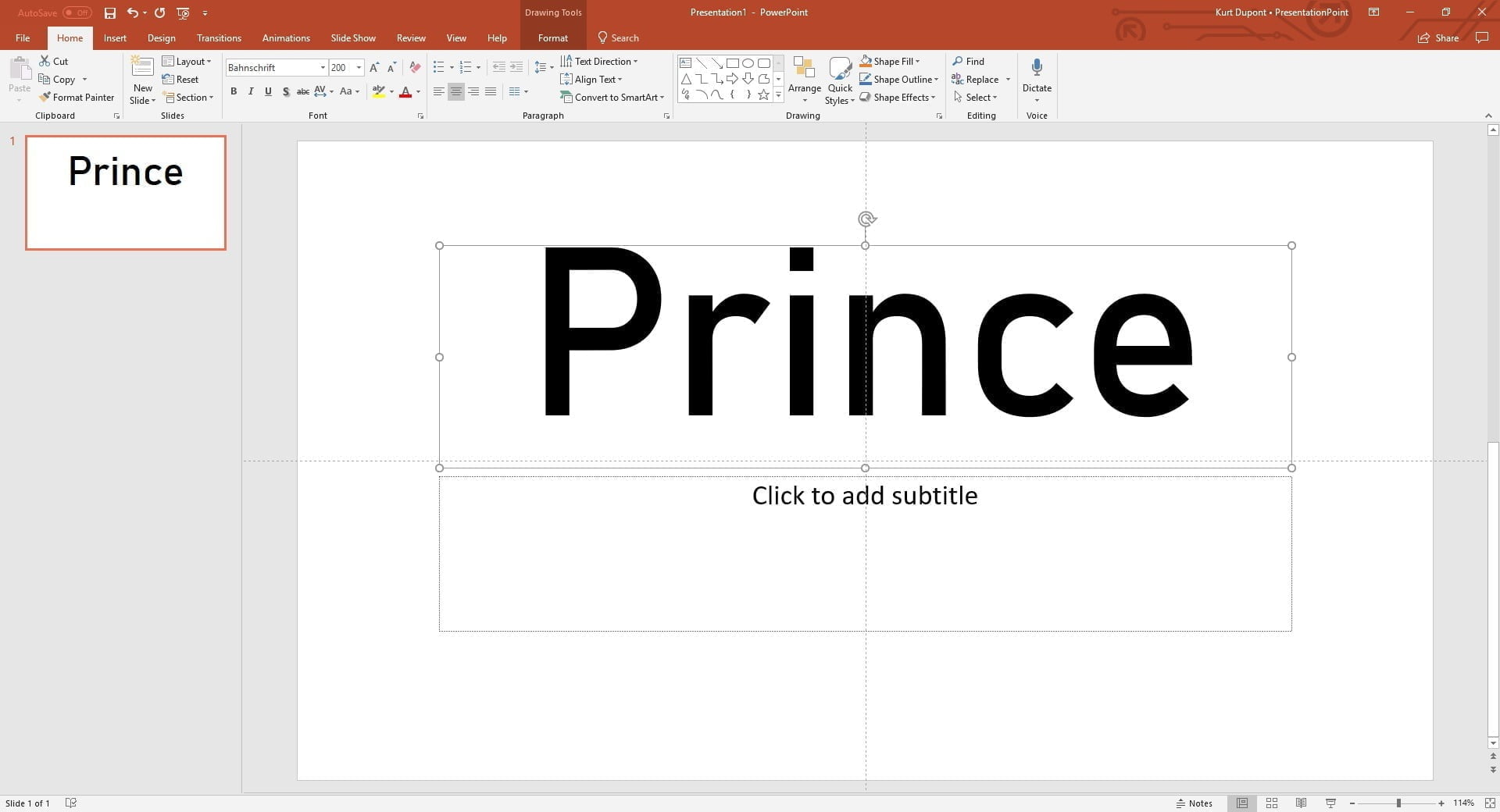

Contrast, Repetition, Alignment, Proximity.Guideline #1: Make it readable… from the back of the room with a poor projector and tired eyes at the end of the day. Use additional colors for emphasis only.Ensure high contrast between text and background.Use bold, italics, or underlines sparingly.Never use word art, 3-D effects, shadows, warping, etc.Choose a font face appropriate for your audience and message.Be consistent throughout your slide deck.Make it readable… from the back of the room with a poor projector and tired eyes at the end of the day.Read on for the details and lots of practical examples. If you must have text on a slide, then how can you best present that text? The table below summarizes the guidelines, starting with the two most important. That’s not the focus of this article, however. You know that you should use visual slides, and thus minimize the amount of text on your slides. In this article, we look at simple guidelines to help you make wise font choices so that you, and not your fonts, are memorable. You want your message to stand out and be memorable, not your slide fonts. Great design of slide fonts means that they are easy to read and otherwise not noticeable. It always surprises me when I encounter a speaker who wants their slide fonts to stand out, as if it were reasonable compensation for a lack of compelling content.

“Those slide fonts were awesome! So innovative! So artistic! So shadowy and provocative!”.When your presentation ends, what would you like your audience to think:


 0 kommentar(er)
0 kommentar(er)
